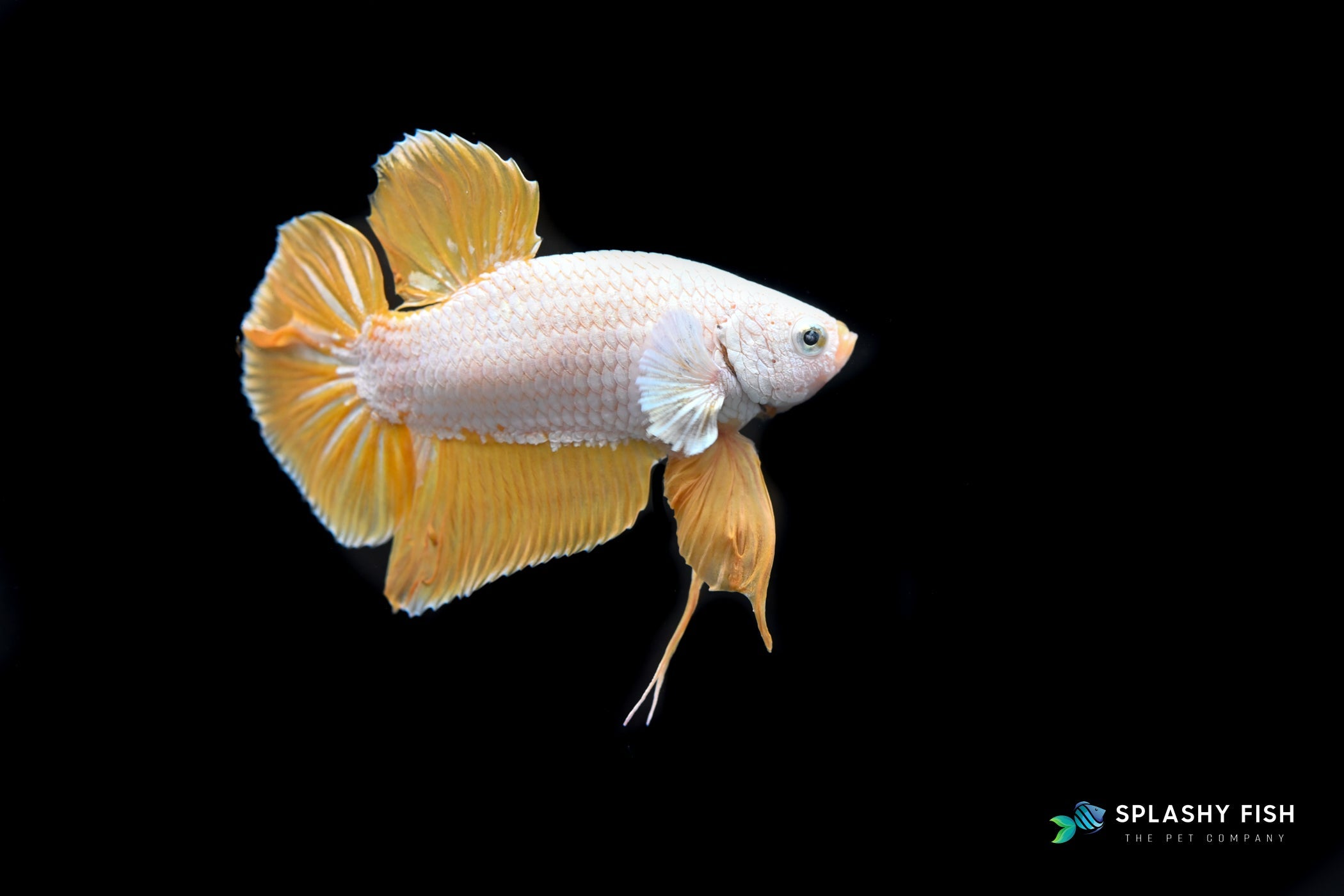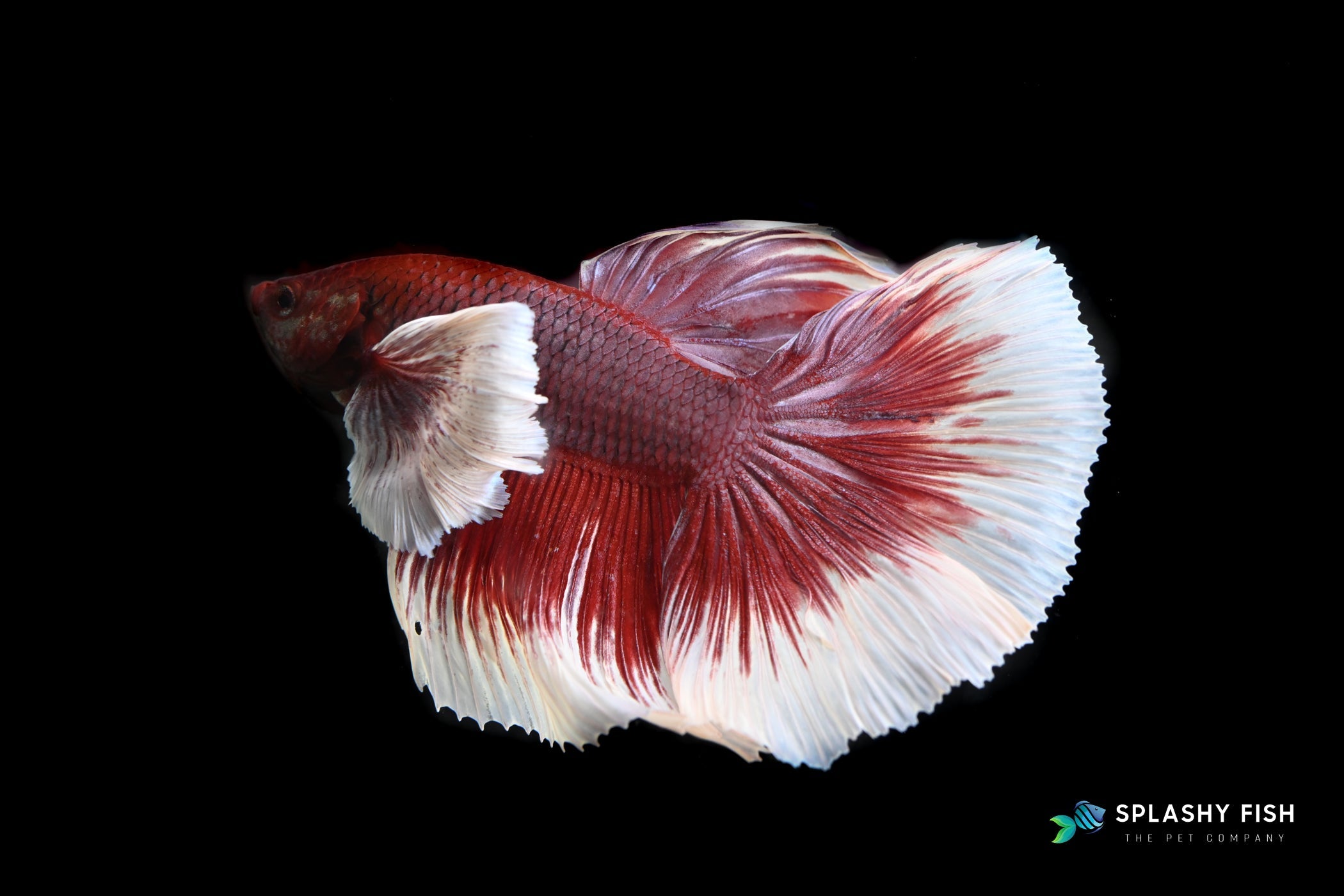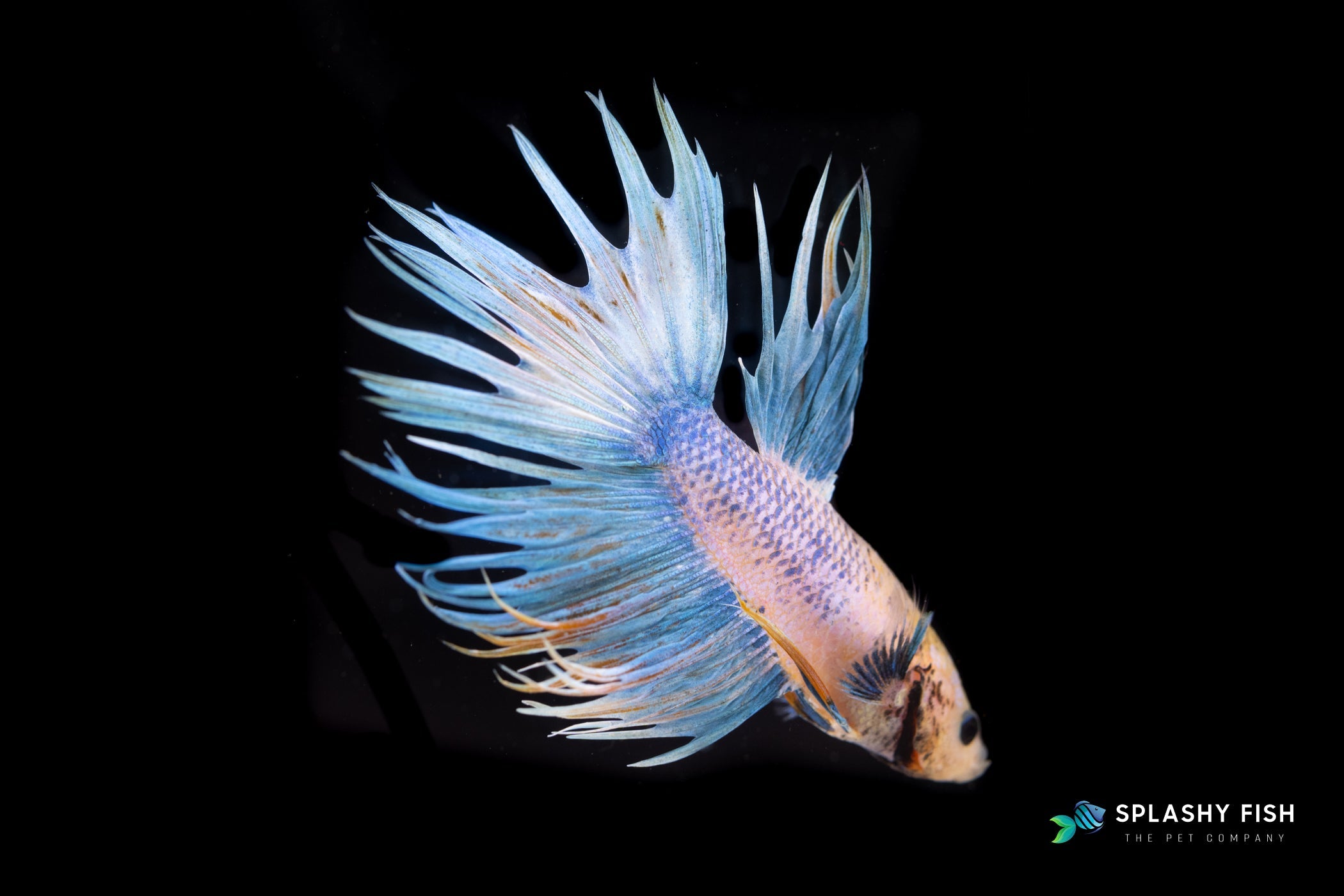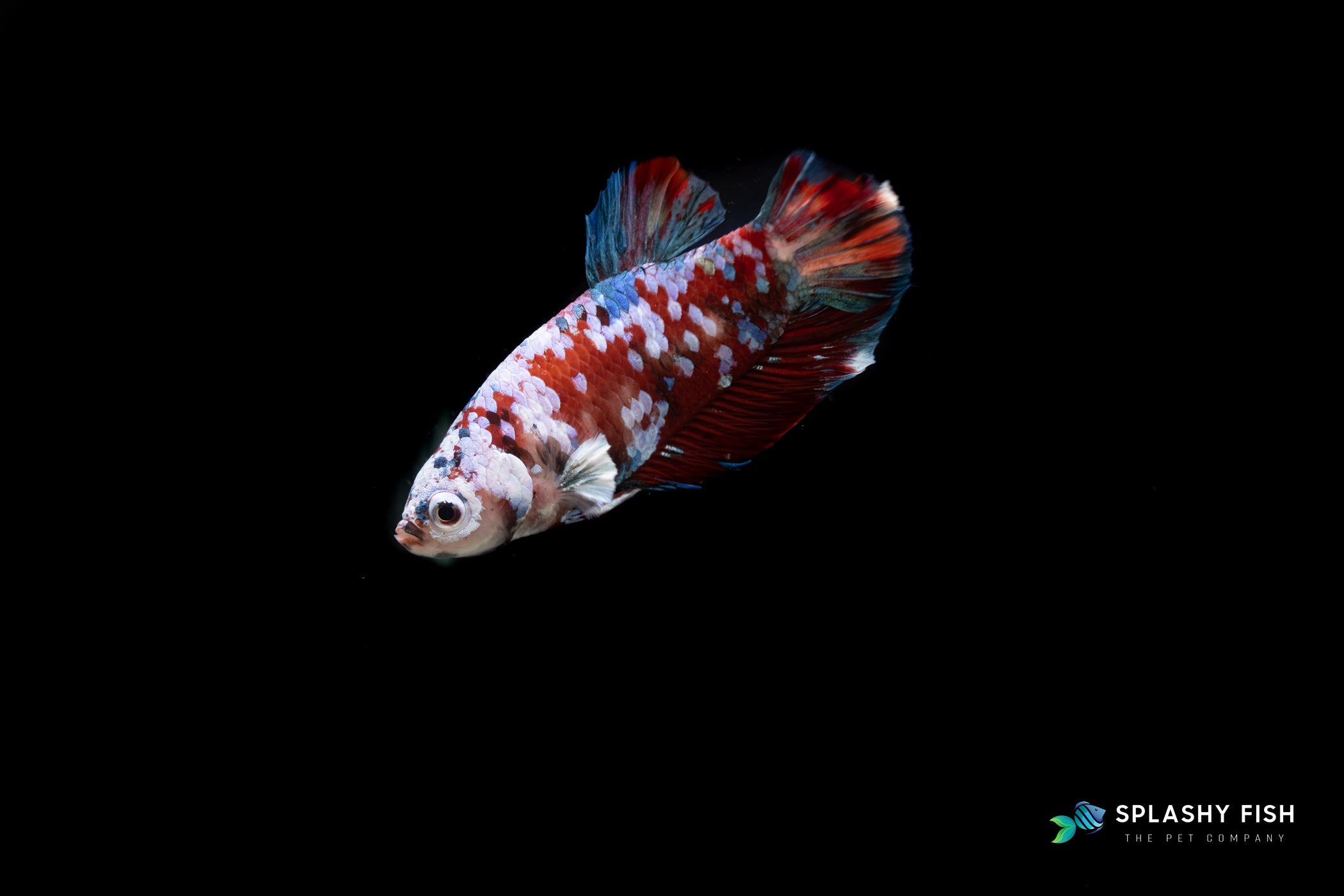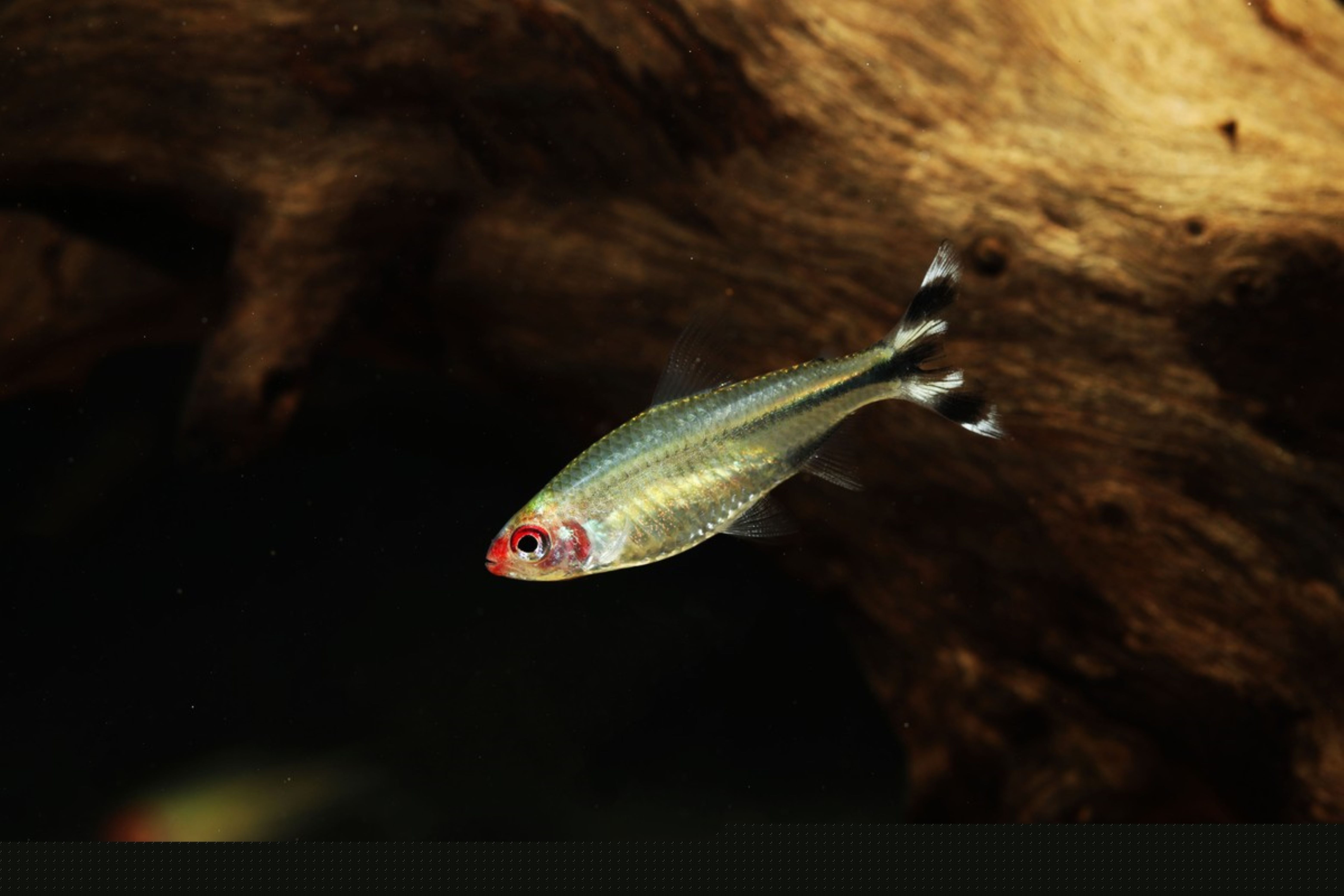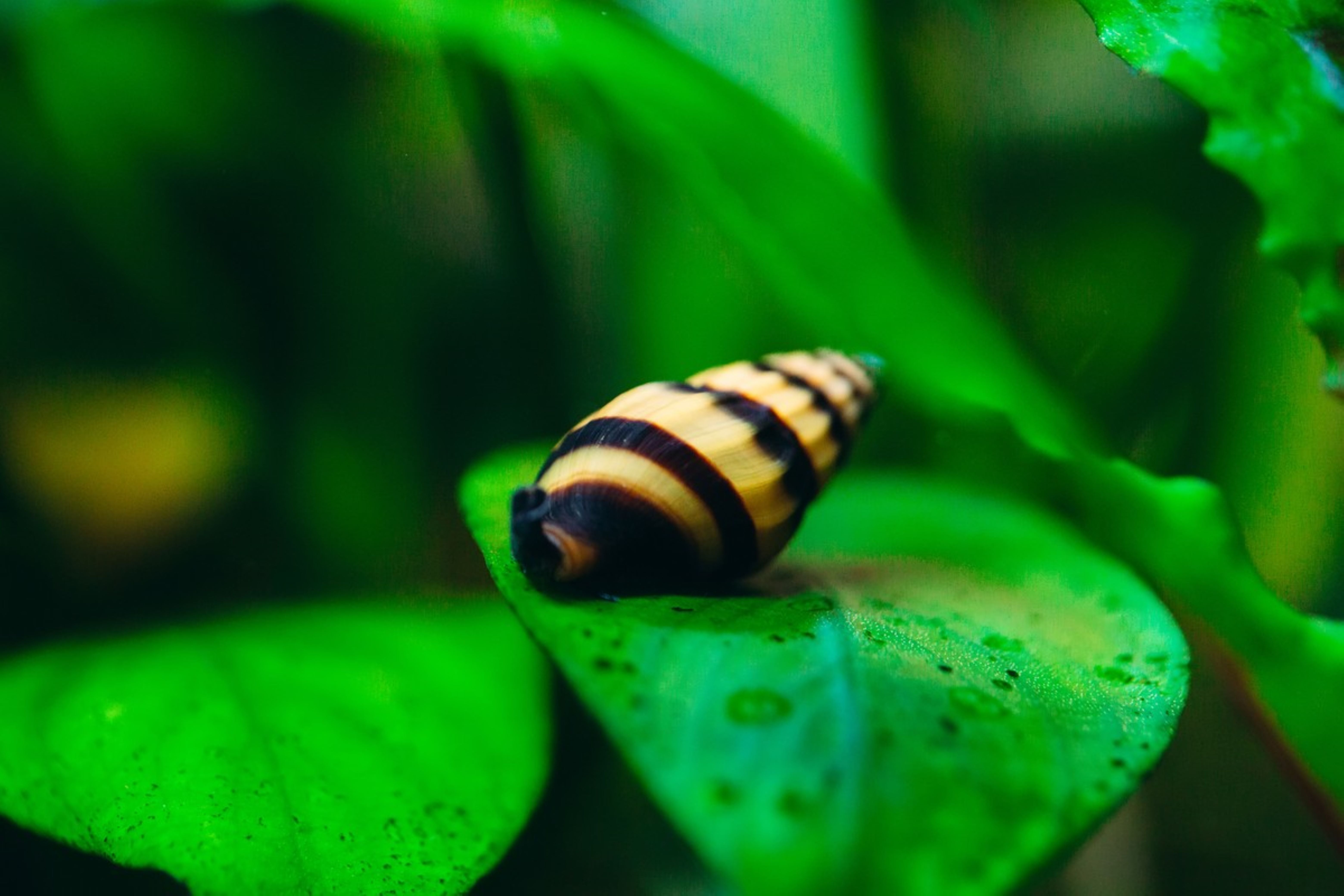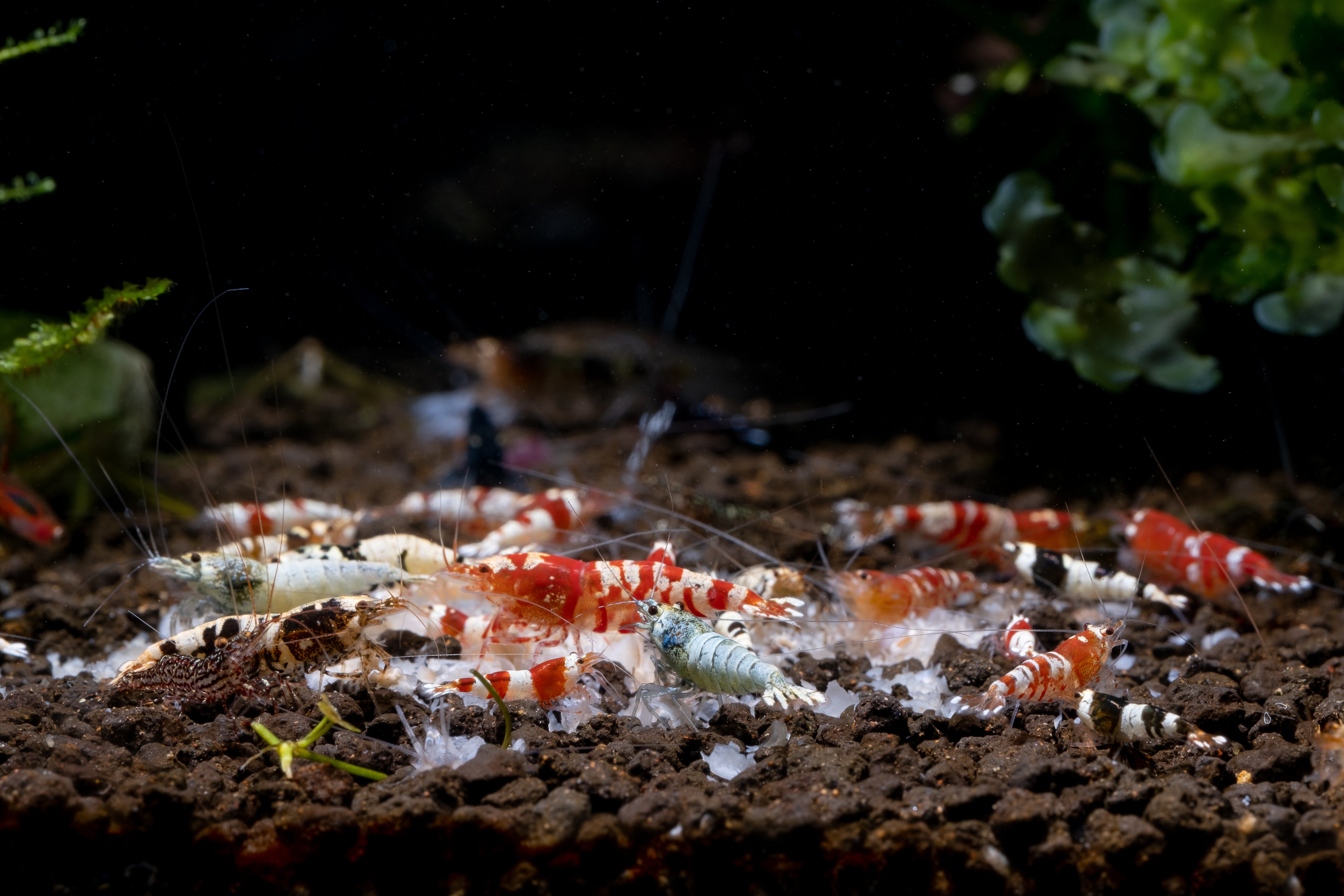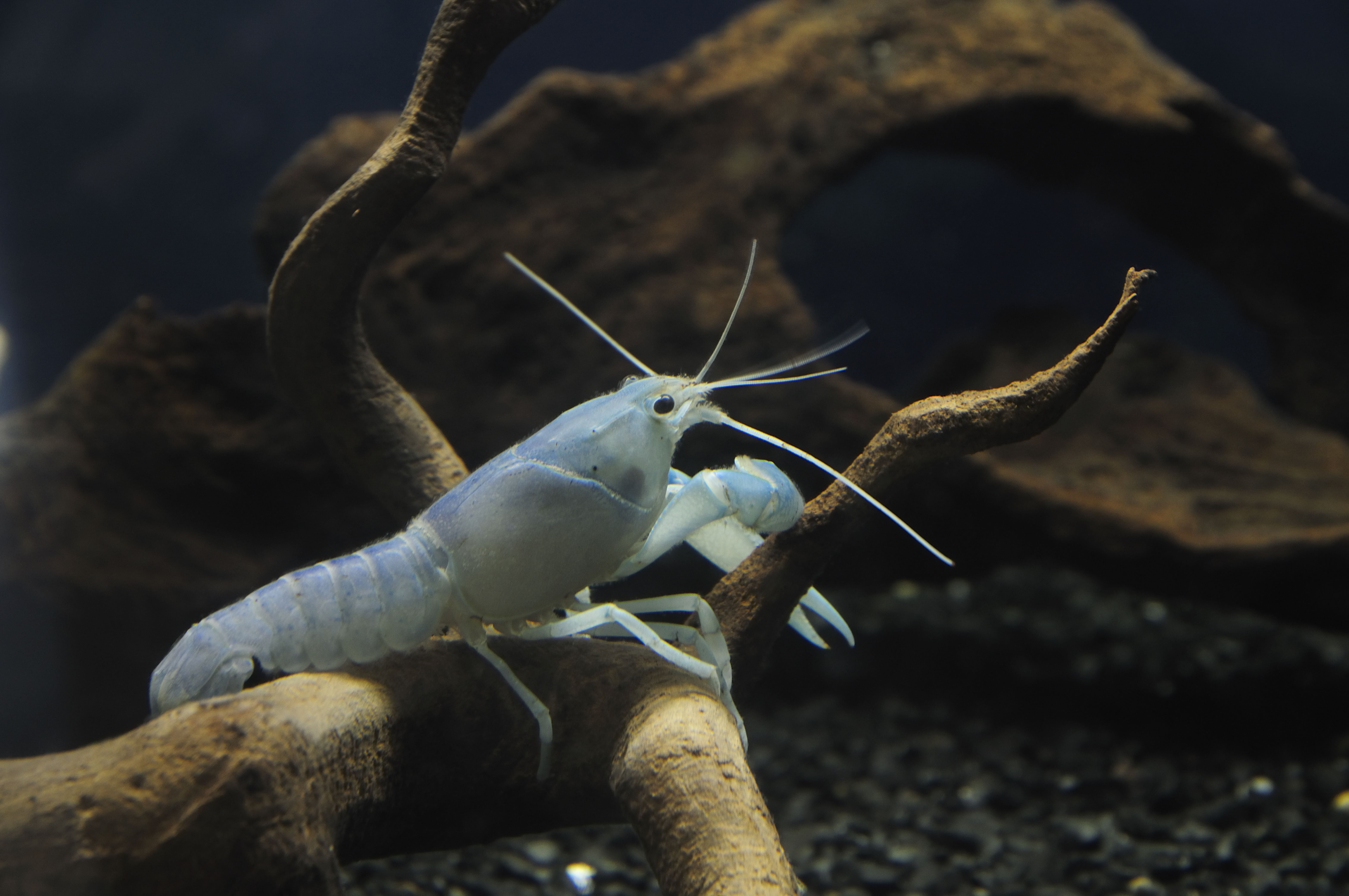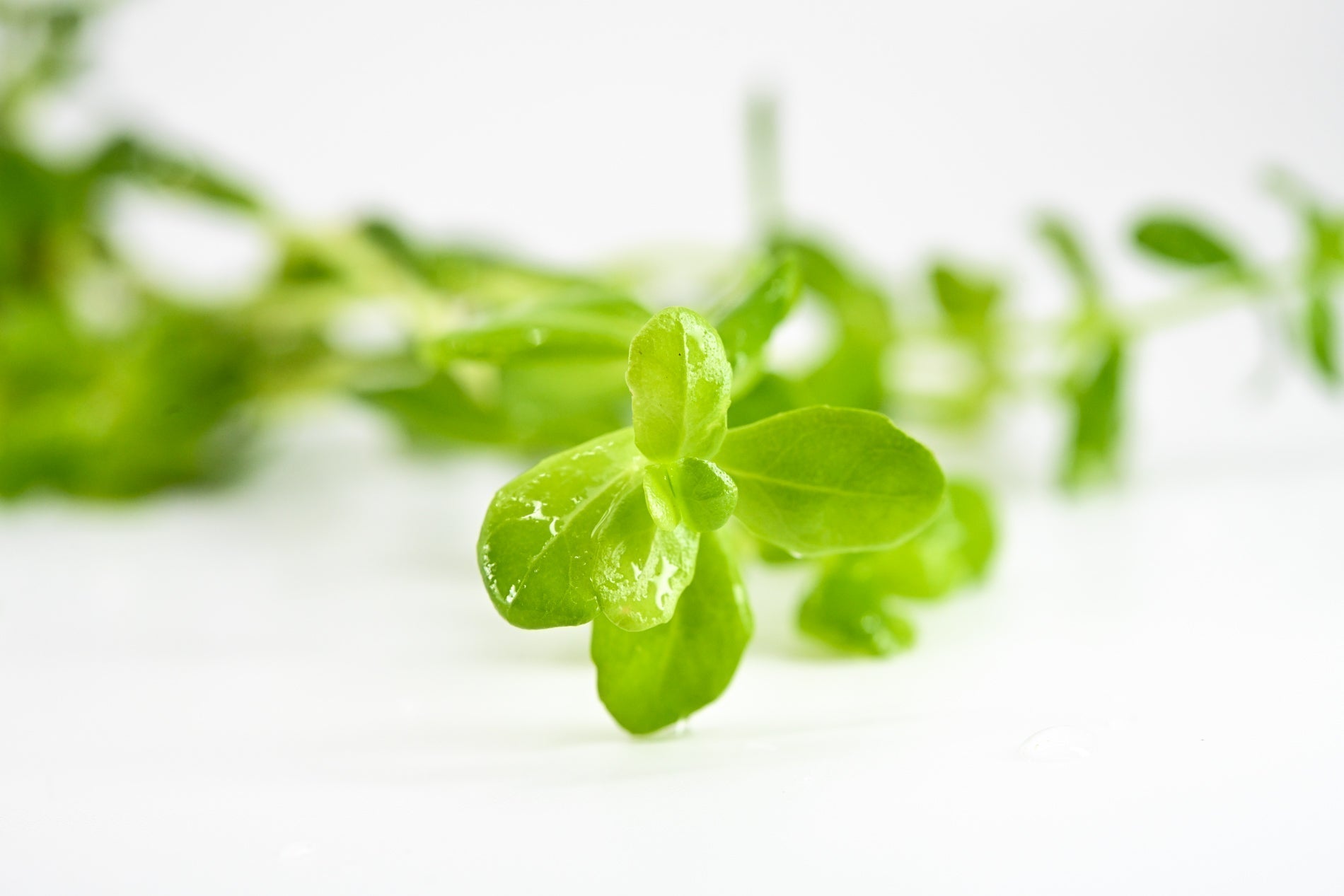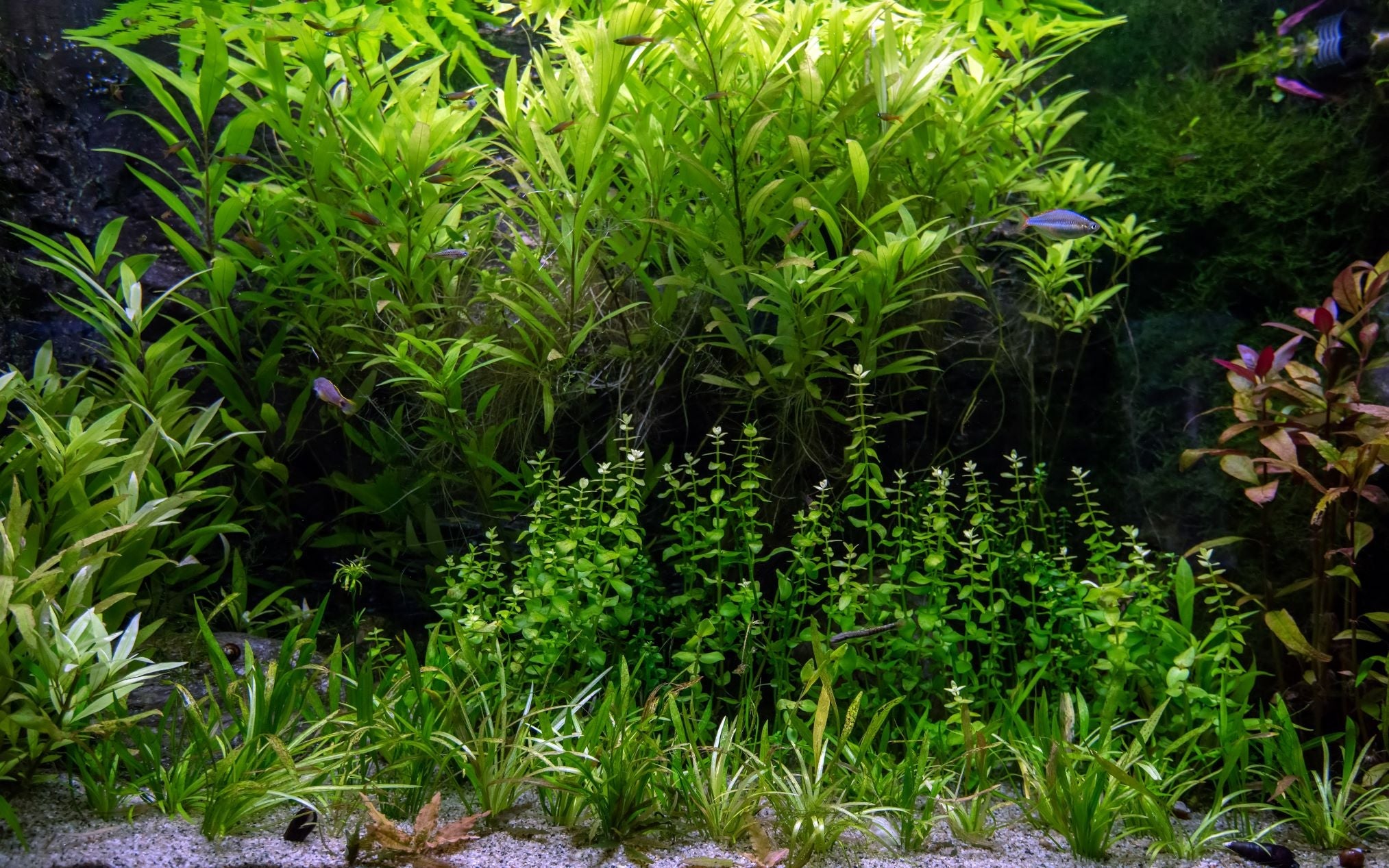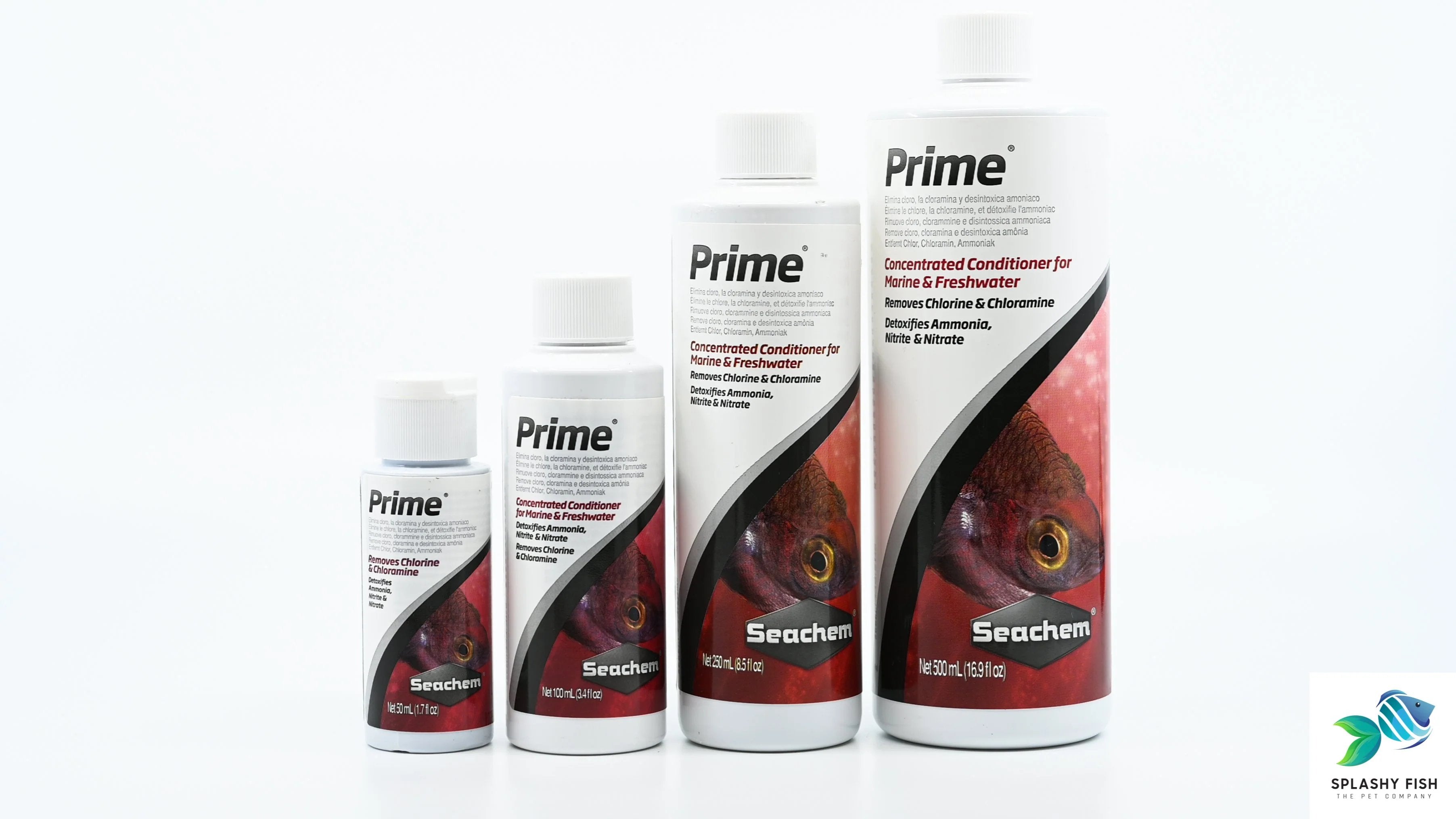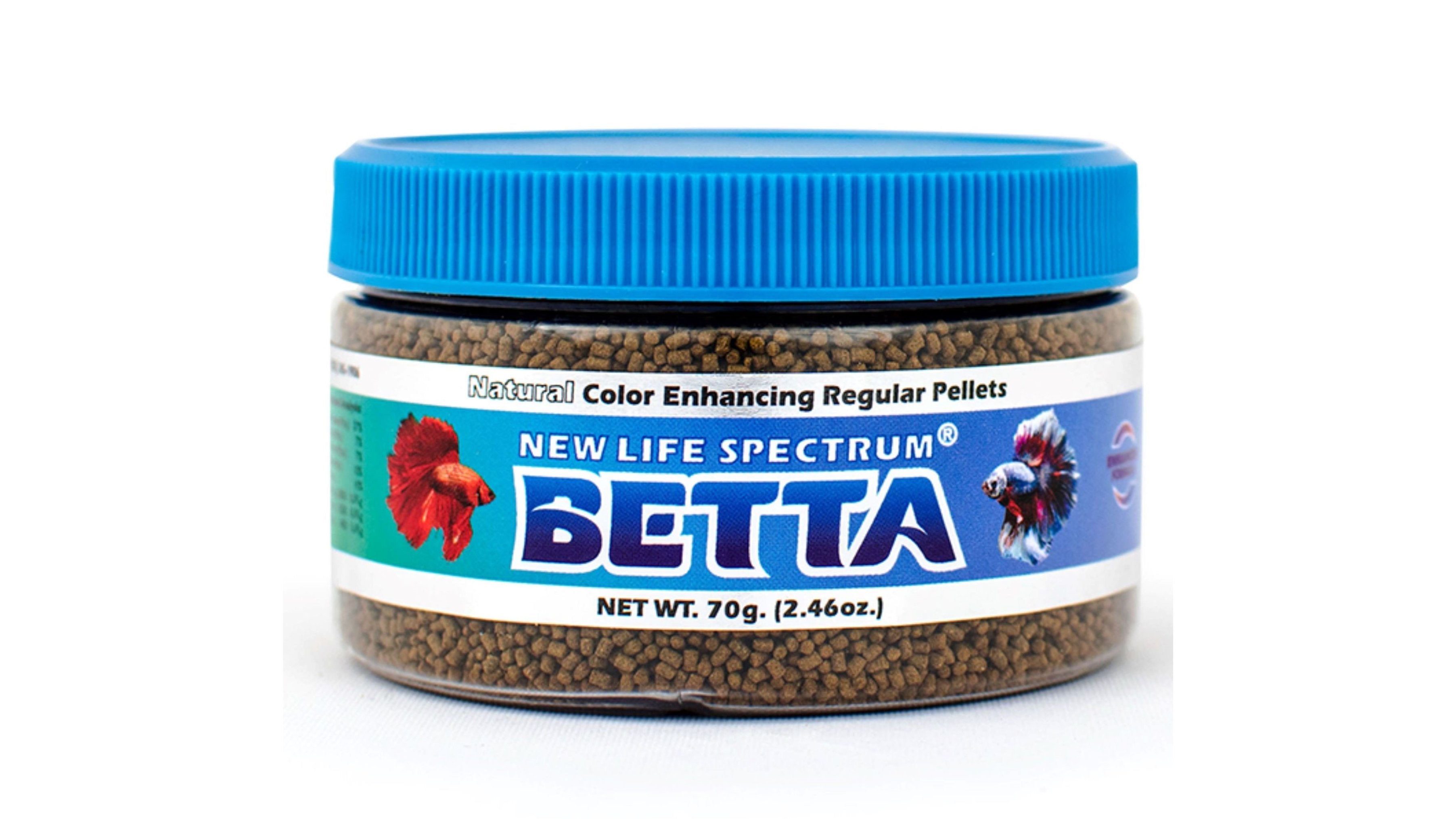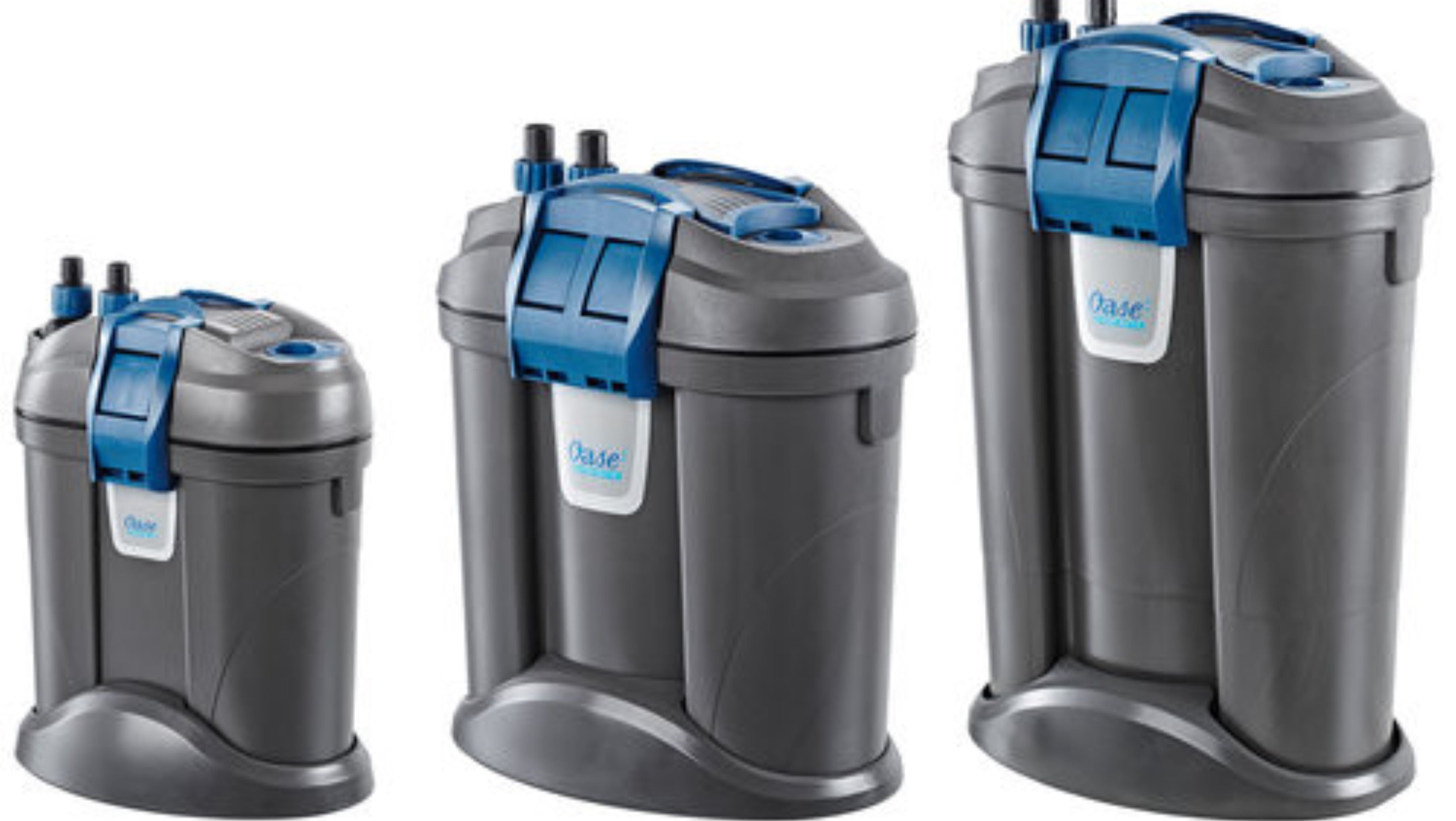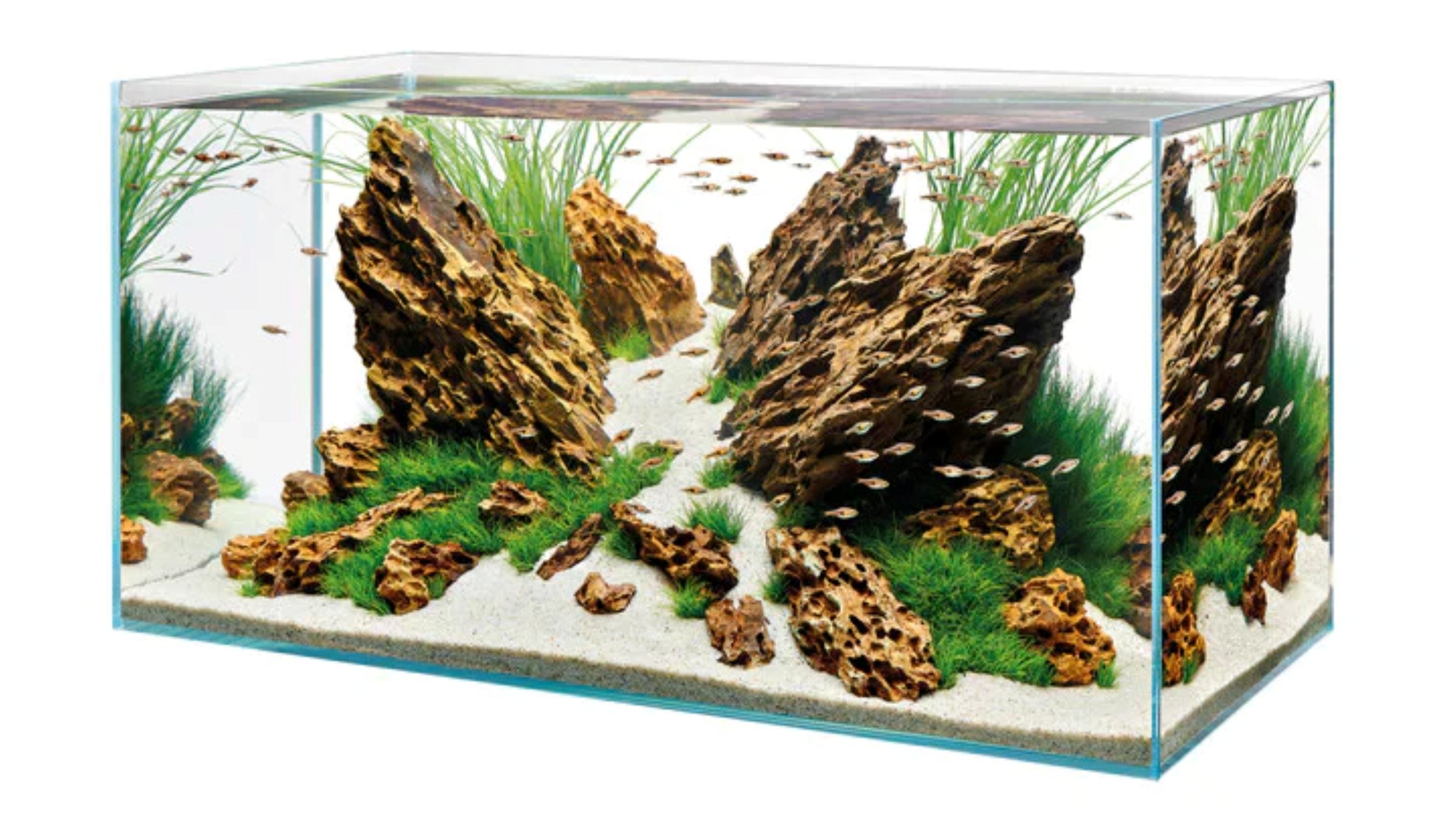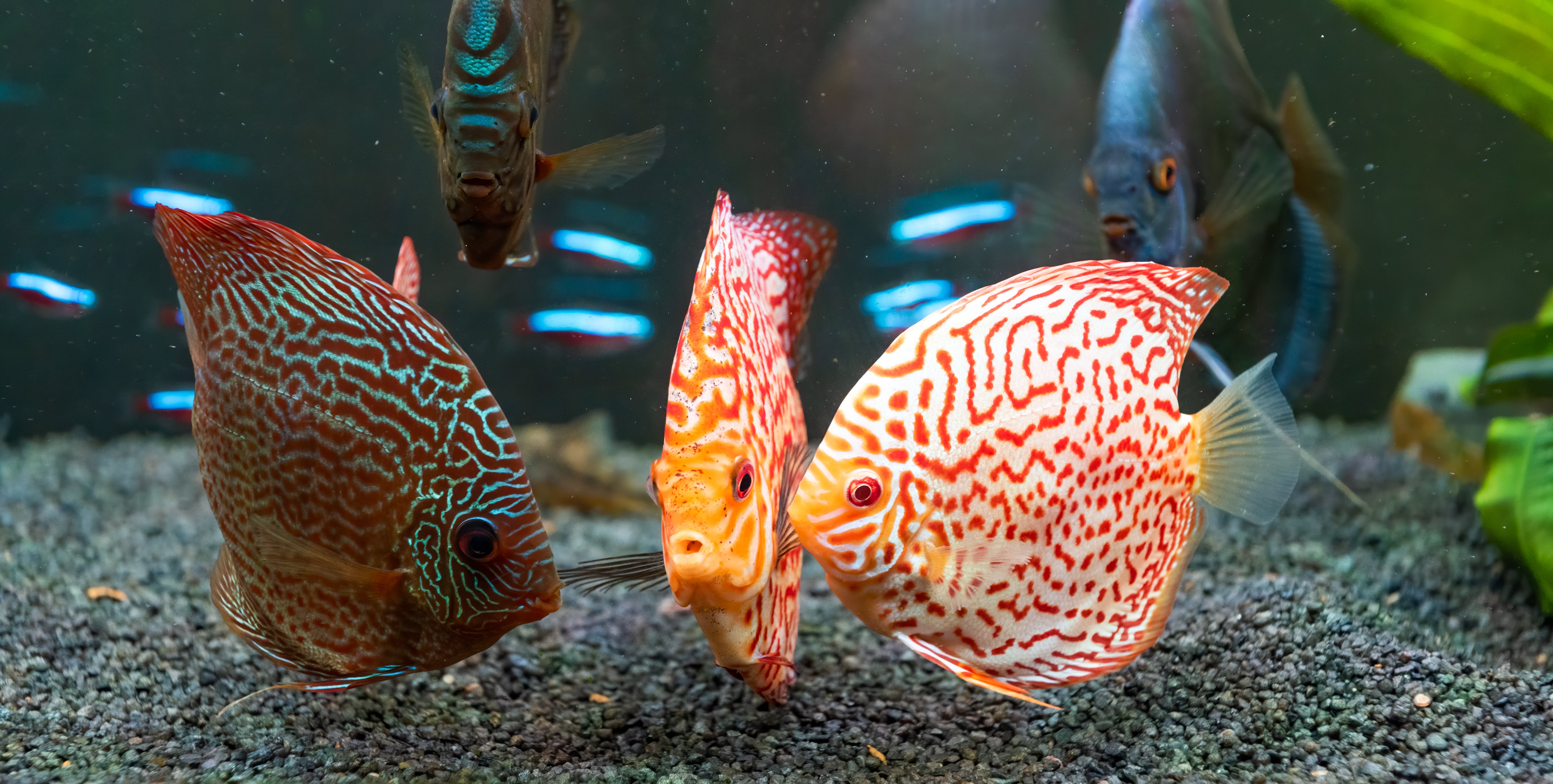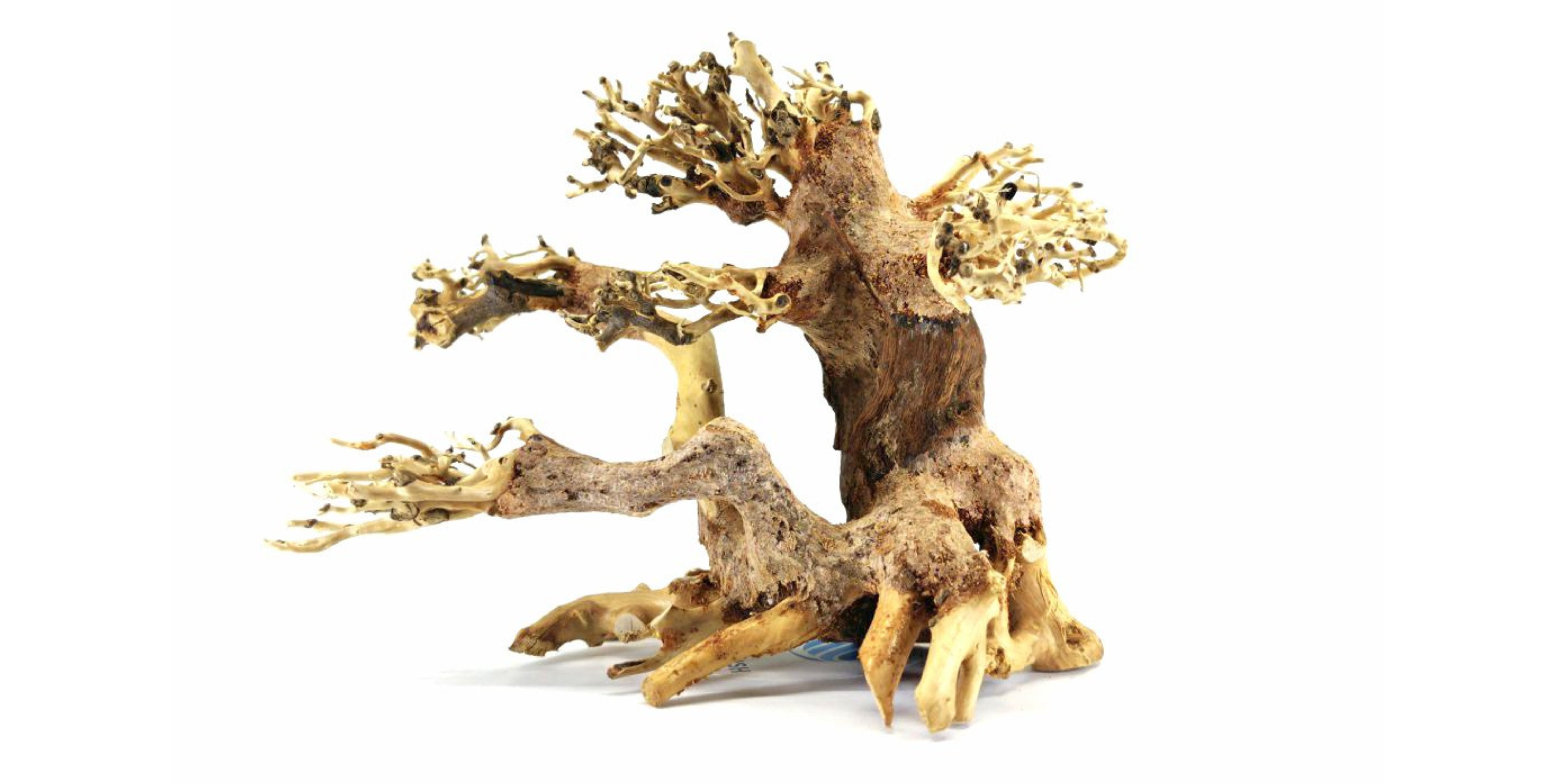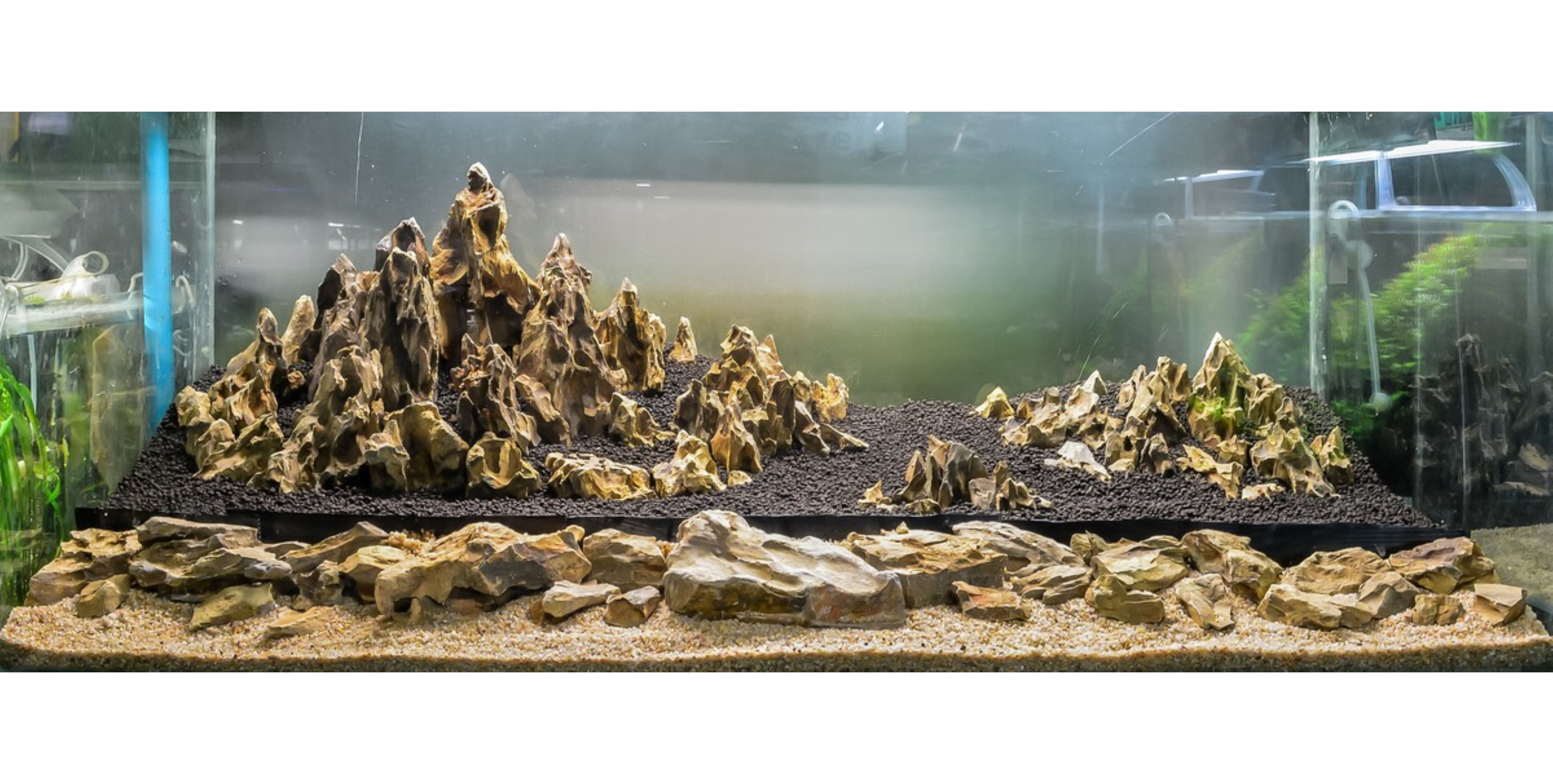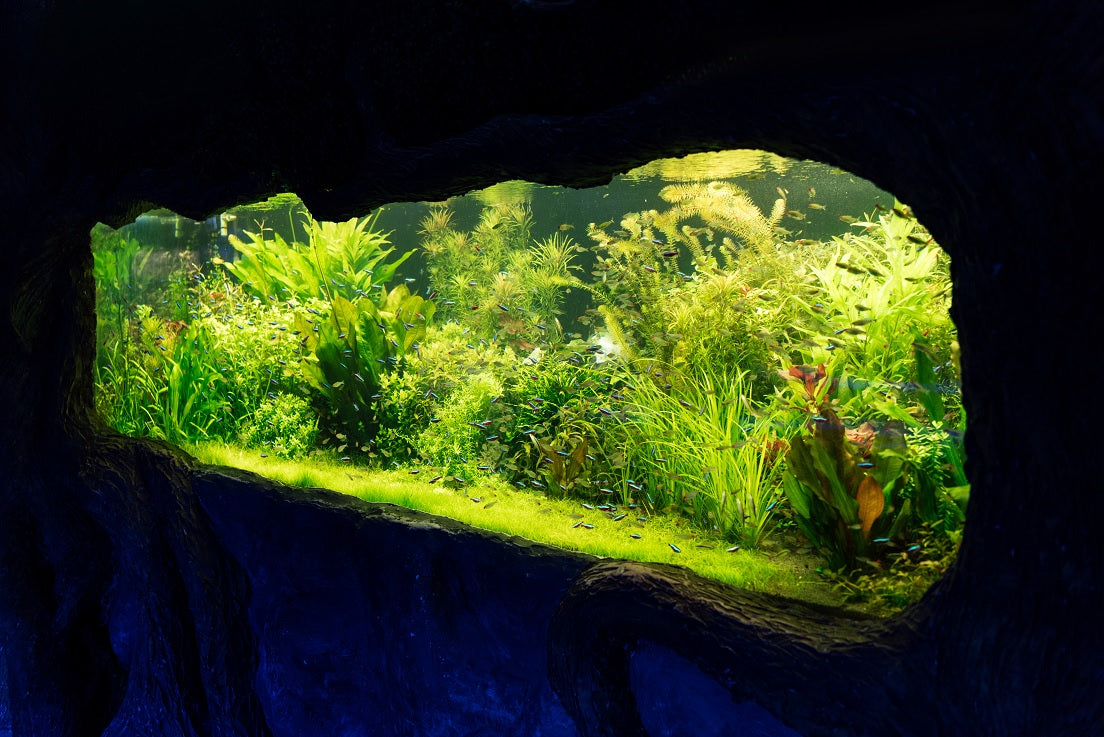Table of Contents
The art of aquascaping transforms a simple fish tank into a captivating underwater landscape, reflecting the natural beauty and complexity of aquatic ecosystems. As a vital aspect of any freshwater aquarium, a thoughtfully designed aquascape not only enhances the visual appeal but also promotes the health and well-being of your aquatic inhabitants. Whether you're a beginner looking to create a dynamic environment for your fish or an experienced aquarist seeking inspiration, we've got you covered with a comprehensive guide to aquascaping techniques for freshwater aquariums.
In this in-depth blog post brought to you by Splashy Fish, a leading provider of high-quality live freshwater fish, shrimp, aquatic plants, and premium fish food, we'll explore various natural aquascaping techniques designed to emulate real aquatic environments in your aquarium. By incorporating strategically chosen rocks, driftwood, substrate, and aquatic plants, you can create unique aquatic landscapes that cater not only to your aesthetic preferences but also the biological needs of your fish and aquatic plants.
We'll delve into popular aquascaping styles, such as the Nature, Dutch, and Iwagumi styles, which emulate natural environments with precision and artistry. Furthermore, we'll provide practical tips on essential aquascaping tools, selecting and arranging hardscape materials, mastering the art of planting, and maintaining the ideal environment for your underwater landscape to thrive.
Popular Aquascaping Styles: Emulating Nature's Beauty
Before diving into aquascaping techniques, it's essential to familiarize yourself with popular styles to better understand the aesthetics you want to achieve in your freshwater aquarium. Here are three common aquascaping styles that excel at replicating natural environments:
- Nature Style: Inspired by Japanese master aquascaper Takashi Amano, the Nature style emphasizes harmony and balance by imitating real-life landscapes found in nature. This style often features a mix of wood, rocks, and various aquatic plant species arranged in eye-catching compositions that evoke the sense of a lush underwater forest or mountain stream.
- Dutch Style: Originating from the Netherlands, the Dutch style focuses primarily on the vibrant beauty of aquatic plants. These lush, colorful aquariums usually contain multiple plant species arranged in organized rows or clusters, with contrasting colors and textures. Hardscape materials like rocks or driftwood are generally sparse or nonexistent in Dutch-style aquascapes.
- Iwagumi Style: Another Japanese-inspired approach, the Iwagumi style, is known for its minimalist, Zen-like compositions. This style relies on carefully placed rocks to create the aquarium's focal points, with a limited number of aquatic plant species adding texture and balance. Subtlety, simplicity, and open space are key elements in Iwagumi-style aquascapes.
Mastering Hardscape Selection and Placement
In natural aquascaping, hardscape materials such as rocks and driftwood provide the foundation for your aquarium's aesthetic and spatial structure. Here's how to choose and arrange hardscape materials effectively:
- Select Complementary Materials: Aim for consistency and harmony in your hardscape by selecting materials that work well with your chosen style. For example, Iwagumi-style aquascapes often use single rock types like Seiryu stone, while driftwood like Manzanita or Malaysian works beautifully in Nature-style aquariums.
- Observe the Rule of Thirds: When designing your aquascape layout, follow the rule of thirds, a photography trick that involves dividing your canvas into a 3x3 grid, with elements placed along the grid lines for optimal visual interest. Placing critical hardscape features at the intersections of these lines can create a harmonious and balanced composition.
- Build Depth and Movement: Arrange your hardscape materials to create depth and movement in your aquascape. Position larger rocks or driftwood pieces towards the front of the aquarium and smaller ones towards the back to create an illusion of depth. Angling your hardscape elements slightly can also add a sense of flow and dynamic movement.
Perfecting the Art of Planting
Incorporating live aquatic plants into your aquascape not only enhances its visual appeal but also serves practical purposes like improving water quality and providing natural hiding spaces for your fish. Follow these tips to master the art of planting:
- Choose Appropriate Plants: Select aquatic plants that complement your chosen aquascaping style and are suitable for your aquarium's size, lighting, and water conditions. Some popular choices include Java moss, Amazon swords, and Anubias species.
- Mind Plant Growth Patterns: Before planting, research your chosen plants' growth patterns and requirements, considering factors like light, nutrients, and preferred substrate. Plant taller, fast-growing species towards the back of the aquarium and smaller, slow-growing species towards the front for a balanced composition.
- Proper Planting Techniques: Use specialized aquascaping tools like tweezers to gently insert plant roots into the substrate at a slight angle. Take care not to damage delicate root systems, and ensure adequate space for growth. To nurture healthy, thriving plants, provide appropriate light, and add liquid fertilizers or CO2 supplementation as needed.
Aquascaping Maintenance: Supporting an Evolving Aquatic Ecosystem
To maintain an attractive and thriving aquascape, regular upkeep of both hardscape and aquatic plants is vital. Here are some maintenance tips to ensure your aquatic environment stays healthy and beautiful:
- Cleaning Hardscape: Algae can build up on rocks and driftwood over time, diminishing their visual appeal. Use an algae scrubber or toothbrush to gently clean hardscape materials during water changes or routine maintenance.
- Trimming and Pruning Plants: Regular trimming of aquatic plants encourages healthy growth and prevents overcrowding. Use specialized aquascaping scissors to trim stem plants and remove dead or unhealthy leaves as needed.
- Managing Nutrient Levels: Monitor water parameters and nutrient levels in your aquascape to ensure optimal conditions for plant growth and fish health. Adjust your fertilizer and CO2 supplementation schedule as necessary, and perform regular water changes to maintain proper water chemistry in your aquarium.
Crafting Your Freshwater Aquascape Masterpiece
Designing and maintaining a breathtaking aquascape in your freshwater aquarium is a rewarding and fulfilling journey that enhances both the beauty and ecological balance of your aquatic environment. By mastering natural aquascaping techniques and fostering the health and well-being of your fish and aquatic plants, you'll create a dynamic aquatic habitat that captivates and inspires.
Explore our wide selection of live aquatic plants, rocks, driftwood, and substrates at Splashy Fish to start crafting your enchanting underwater world today. With our expert advice and extensive offerings, we'll help you turn your aquascaping vision into a thriving reality that reflects the natural beauty of aquatic environments while supporting the inhabitants that bring these spaces to life.


